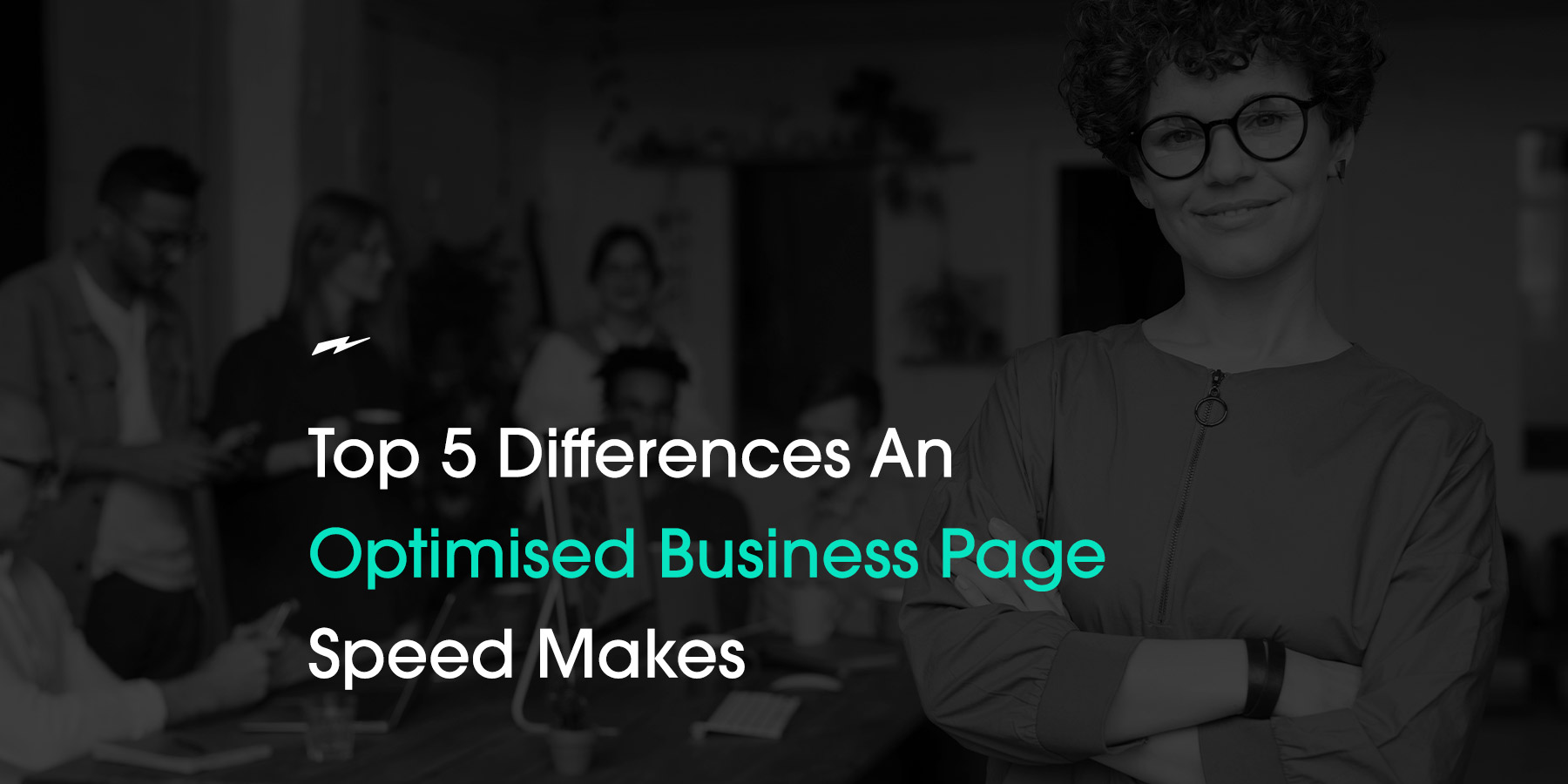Many companies ignore page speed optimization as conversion strategies because they confuse site speed with overall website performance.
Understanding the difference between site speed and page speed is important because it could affect your bounce rate and organic ranking.
What Makes The Difference, Then?
Because site speed is an average of several page load times, it does not give a very accurate picture of how well your site is performing. The time it takes for a particular page on your website to load or for your text and graphics to appear is called page speed.
Testing every page, especially your most crucial ones, may reveal serious problems and flaws with the functionality of your website.
Google utilises page speed as a ranking factor (presumably). In addition to ranking, it has an impact on user experience (Google may claim that “experience” and “rank” are inexorably related).
Pages that load slowly may have a higher bounce rate and a shorter session duration on average, resulting in fewer interactions and conversions.
Therefore, it is crucial to identify what is causing the pages on your website to load slowly and to put usable tools and strategies to enhance page performance. As a result of a better user experience, such changes can raise your rankings and, more importantly, your conversion rate.
Learn how to do it, which tools will be most helpful, and where to find a digital marketing agency in Perth.
More Pages Indexed By Google
The less likely Google is to find content, the longer it takes for it to appear. The number of redirects can also impact page speed; if there are many redirects between numerous server requests, your page speed will suffer.
Remove any pointless redirects and keep the number of server requests to a minimum if you want your website to rank higher.
Improved Site Search Results
The user experience and page loading speed undoubtedly influence Google’s ranking algorithm.
In addition, Google has hinted (and explicitly stated) that page speed affects a site’s search ranking.
When a site loads quickly, Google can more easily find your pages, increasing the likelihood of appearing in search results.
Enhanced User Experience
If you’ve ever clicked on a website and it took forever to load, you’ll get impatient and look for one that loads the answers you need instead.
When a visitor arrives at your website and immediately clicks the “back” button to leave, this is known as bouncing. A high bounce rate means users aren’t staying on your website as long as they should, and the shorter their stay, the less likely they are to convert.
Boosted Traffic
Google may utilise page speed as a ranking factor. In addition to ranking, it has an impact on user experience (Google may claim that “experience” and “rank” are inexorably related).
Your website is optimised in every way, including the design, coding, graphics, and content formatting. Page speed is the single most crucial element in raising your bounce rate, session length, and conversion rate.
Optimising your page load speed is the most crucial thing you can do to increase both the quantity and quality of visitors.
Higher Conversion Rates
Visitors are more likely to visit, stay longer, and convert when your site loads quickly. Studies show that a company’s website conversion rate increases by 5% for every 100ms that it is faster. Such data are challenging to challenge.
Conclusion
Site speed impacts your rankings, bounce rate, and conversion rate. If your business website is too slow, users will leave, lowering traffic and conversion rates. If you are unsure whether your strategies are effective, speak with a specialist that offers digital marketing in Perth.
Lethal is a digital marketing agency in Perth committed to helping businesses develop a lead generation, email nurturing, and conversion strategy. Get a quote by calling us at 0438 141 977!





